Weird Plants: 12 Strange Species You Have to See to Believe
Some plants just can't help themselves. While most greenery is content to photosynthesize and sway in the breeze quietly, a special group out there seems to have missed the "act normal" memo. These botanical oddballs twist, snap, smell, and glow into the hall of fame for Earth's strangest life forms.
So grab your metaphorical pith helmet, because we're about to take a friendly stroll (or cautious tiptoe) through the garden of weird plants.
12 Weird Plant Species

1. The Corpse Flower: Nature's Smelliest Celebrity
If plants had paparazzi, the corpse flower (Amorphophallus titanum) would be the one ducking into sunglasses and a scarf. Why? It's a total diva. It blooms only once every several years, and when it does, it smells like something died. Not just a little musty. Think rotting fish meets old gym socks.
This "perfume" isn't a design flaw; it's a clever invitation to carrion beetles and flesh flies, its preferred pollinators. Imagine putting in years of growth just to throw one giant stink party. That's commitment.

2. The Dancing Plant: Botany's Backup Dancer
Some plants grow. Some bloom. The Desmodium gyrans boogies. Known as the dancing or telegraph plant, it can move its tiny leaflets fast enough to be seen with the naked eye. Scientists believe it's responding to light, touch, or even temperature changes.
In the 1800s, people used it to "dance" to music. Which begs the question, how many plants have a better sense of rhythm than we do?

3. Lithops: The Masters of Plant Camouflage
At first glance, lithops look like a scattering of colorful pebbles. They're not being quirky just for fun; these "living stones" evolved in South Africa's arid landscapes, where blending in meant avoiding becoming a thirsty herbivore's snack.
The result? They're like the Clark Kent of succulents. They're mild-mannered rocks by day and cheerful bloomers when in season.

4. Venus Flytrap: The Original Fast Food
It's one thing to be a plant. It's another to be a plant that eats meat. The Venus flytrap (Dionaea muscipula) doesn't just sit there looking spiky; it sets tiny hair-like triggers inside its "mouth." When an unsuspecting insect touches them twice in quick succession, snap! Dinner is served.
And here's the kicker: it's picky. If the prey's too small, it'll spit it back out. No one likes empty calories.

5. Sensitive Plant: The Shy, Touchy Type
Meet Mimosa pudica, the introvert of the plant world. The moment you touch it, its leaves fold up faster than someone slamming their laptop shut at the end of the workday. This rapid movement is thought to deter herbivores (because who wants to eat something that looks like it's collapsing?) or protect the leaves from damage.
It's the plant equivalent of saying, "No pictures, please."

6. Rafflesia: The Other Giant Stinker
If the corpse flower is the A-list stink celebrity, Rafflesia arnoldii is its equally pungent cousin. Found in Southeast Asia, this parasitic plant produces the largest single flower in the world, measuring up to three feet across. And yes, it also smells like rotting flesh. There's definitely a theme happening here.

7. Monkey Face Orchid: The Meme Plant
Some plants are unintentionally funny. The monkey-face orchid (Dracula simia) takes it a step further. Its blooms look uncannily like a monkey's face. Native to the cloud forests of Ecuador and Peru, it blooms any time of year and smells faintly like ripe oranges. Nature said, "Let's mix fruit, monkeys, and flowers, just for fun."

8. Resurrection Plant: The Drama Queen of the Desert
Also called the Rose of Jericho, this plant is a botanical magician. In dry conditions, it curls into a brittle brown ball, looking completely dead. But add water, and it unfurls into green fronds within hours, as if nothing happened.
It's a survival strategy but also a bit of showmanship because who doesn't love a good before-and-after reveal?

9. Pitcher Plants: The Passive-Aggressive Carnivores
Unlike the Venus flytrap's snap trap, pitcher plants (Nepenthes and Sarracenia) lure prey into a deep, slippery cavity filled with digestive enzymes. Insects, frogs, and even small rodents can die inside these floral death pits.
They look gorgeous, proving that beauty and danger can share the same leaf.

10. The Rainbow Eucalyptus: Nature's Paintbrush
If you've ever seen a tree with rainbow-colored bark, you weren't hallucinating. The rainbow eucalyptus (Eucalyptus deglupta) naturally sheds patches of bark throughout the year, revealing layers of green, orange, red, and purple underneath. It's the tie-dye shirt of the plant kingdom, and yes, it's as Instagram-worthy as it sounds.

11. Ghost Plant: The Pale Mystery
Also called Indian pipe (Monotropa uniflora), this eerie white plant doesn't photosynthesize. Instead, it gets nutrients from fungi that live in the soil, which are connected to nearby trees. It's a ghostly reminder that not all plants fit the "green and leafy" stereotype.

12. Sea Beans: The Ocean Drifters
Sea beans, also known as drift seeds, are produced by tropical plants but can, thanks to their buoyant, waterproof shells, end up floating across entire oceans. You can find them washed up on beaches thousands of miles from where they grew, which makes them the ultimate slow travelers.

Why Weird Plants Matter
It's easy to think of these plants as curiosities for coffee table books or quirky Instagram posts. But each of these species has evolved its own mind-blowing adaptations for survival. Whether that's luring in pollinators with irresistible (and sometimes disgusting) scents, hiding from predators in plain sight, or moving like animals do.
They're living proof that nature doesn't just have a Plan A. It has an entire alphabet of strategies, some of which are wonderfully strange.
Bringing Weird Plants Into Your Life
If you're feeling inspired to add some botanical oddities to your windowsill or garden, here are a few tips:
- Start small: Venus flytraps and lithops are relatively easy to find and grow with a bit of care.
- Do your research: Some weird plants have specific habitat needs (looking at you, monkey face orchid).
- Support ethical sources: Avoid buying wild-harvested plants, especially those that are rare or endangered.
- Get ready for questions: Your guests will ask. Repeatedly.
The Final Leaf
Weird plants remind us that life doesn't have to follow the same script. They twist, stink, glow, snap, and bloom in seemingly impossible ways. Yet, here they are, thriving in deserts, swamps, rainforests, and even living rooms.
So the next time you see a plant doing something strange, take a moment to appreciate it. Nature's weirdos are often the most brilliant survivors.And who knows, maybe one of them is exactly the reminder you needed that being different can be your greatest strength.




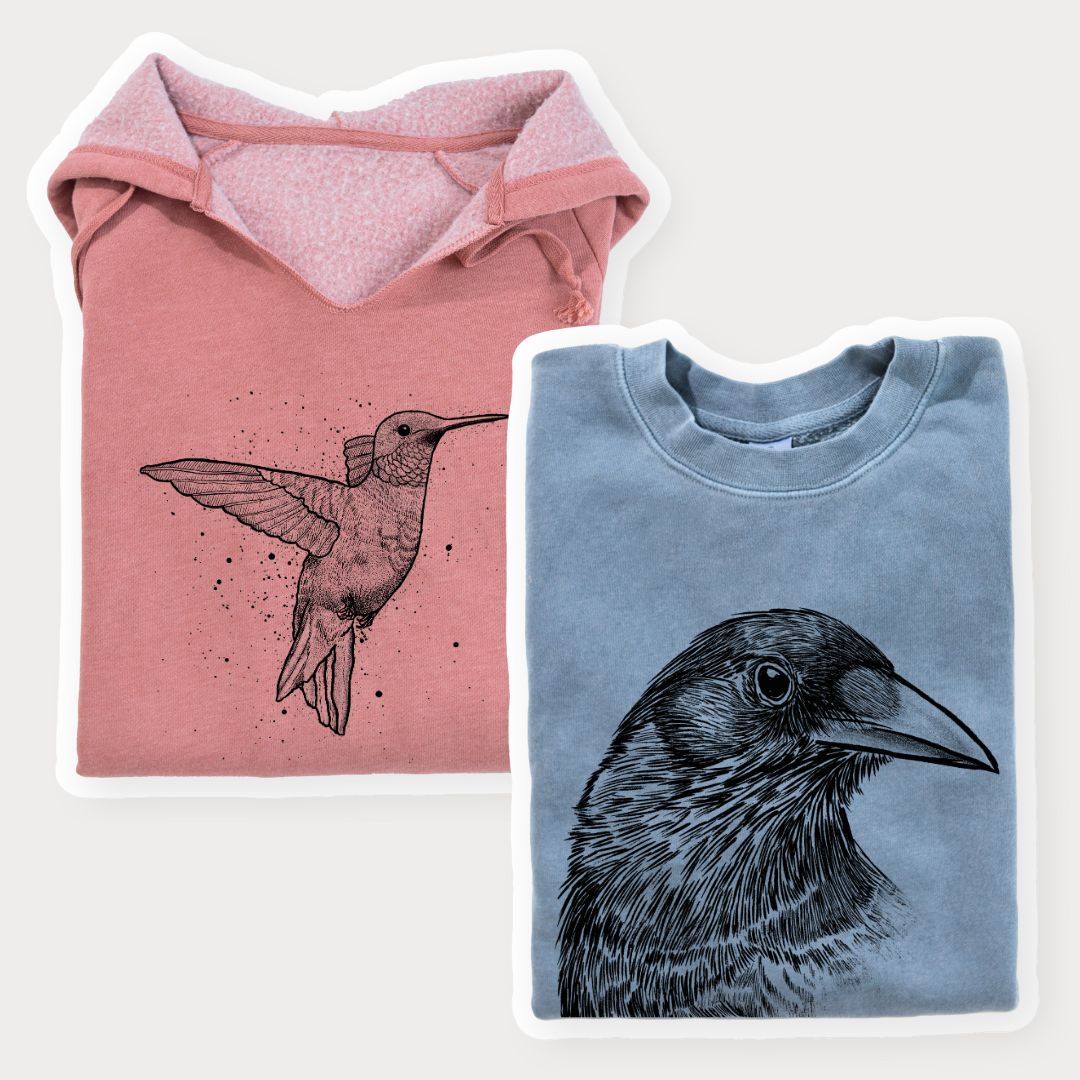
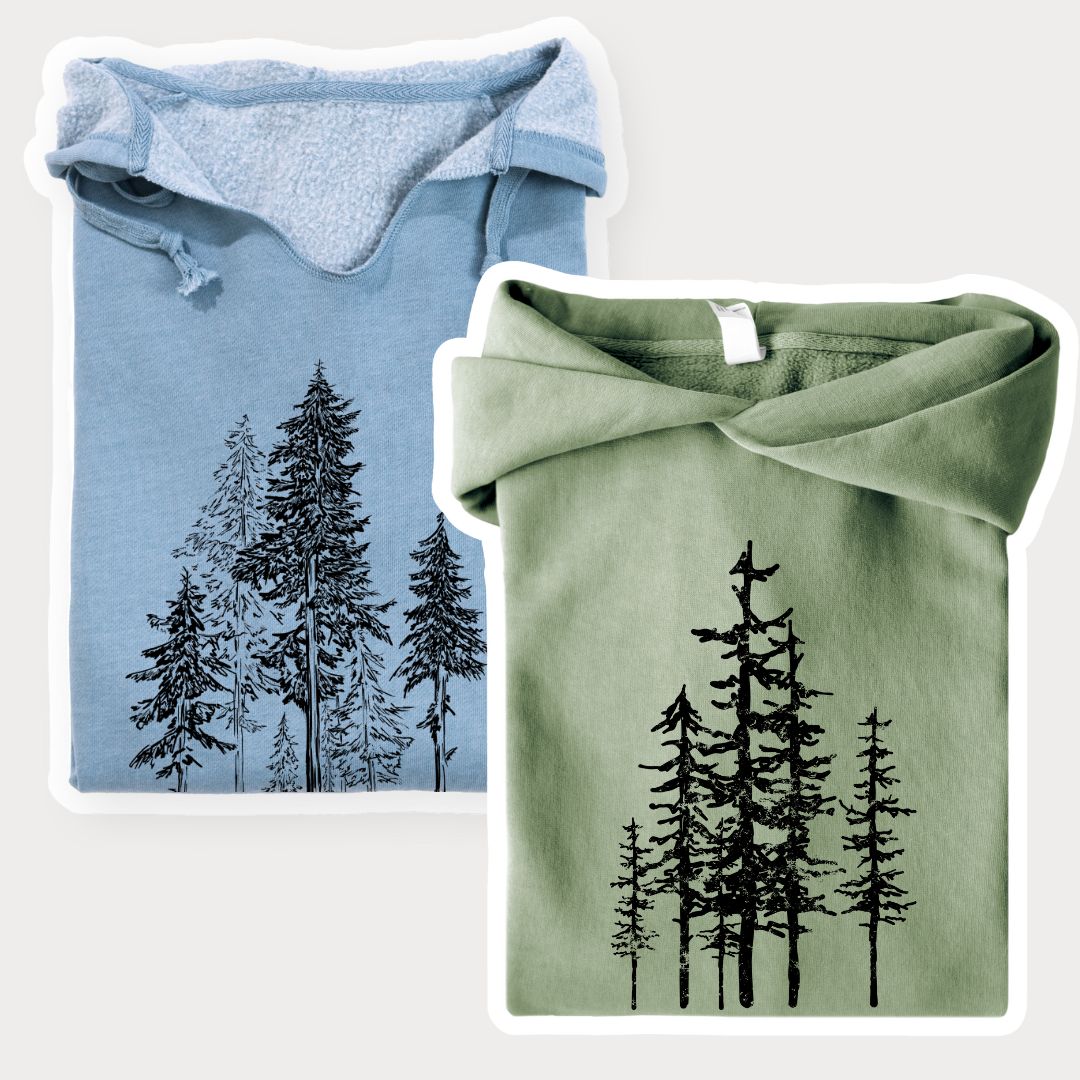



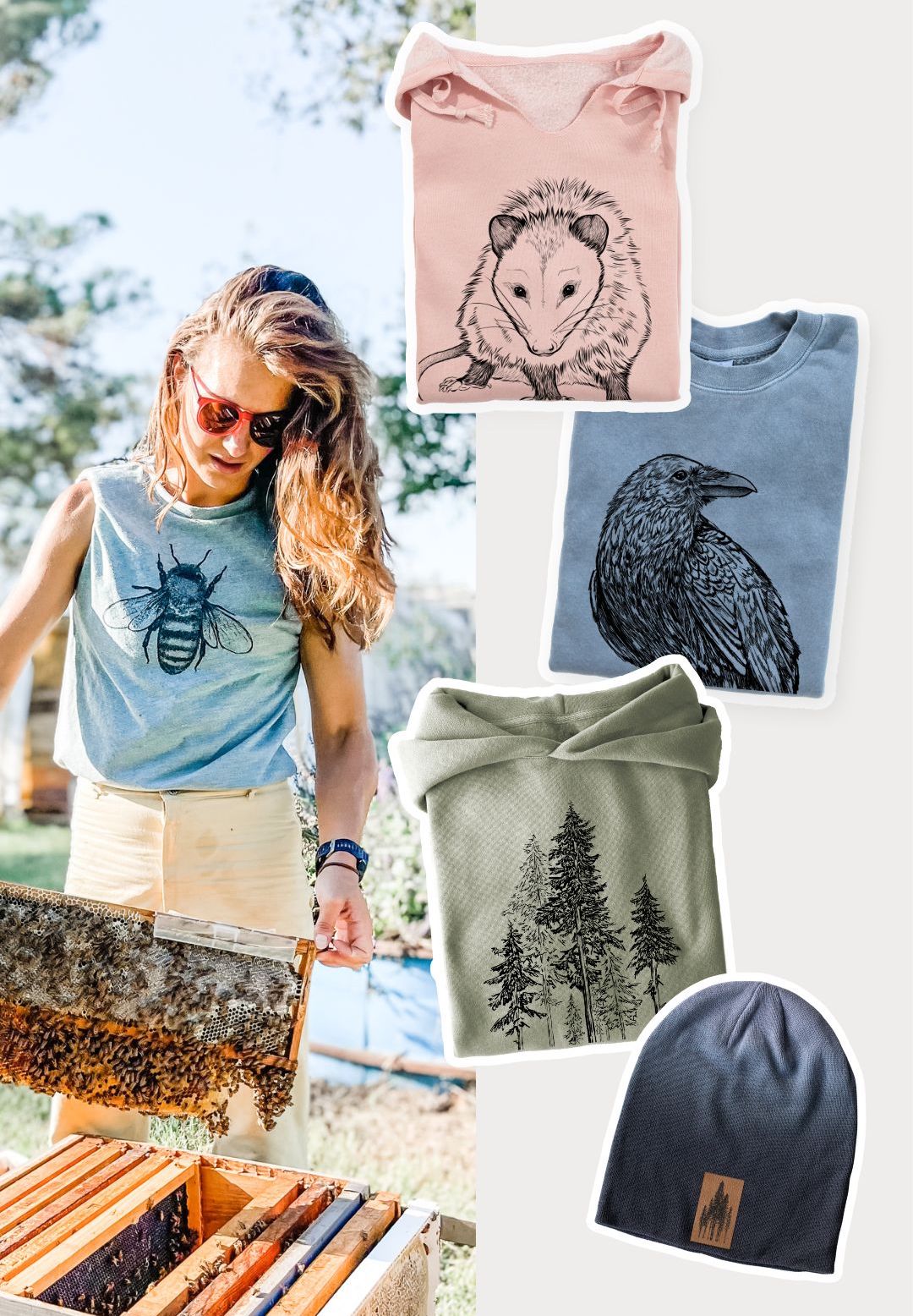

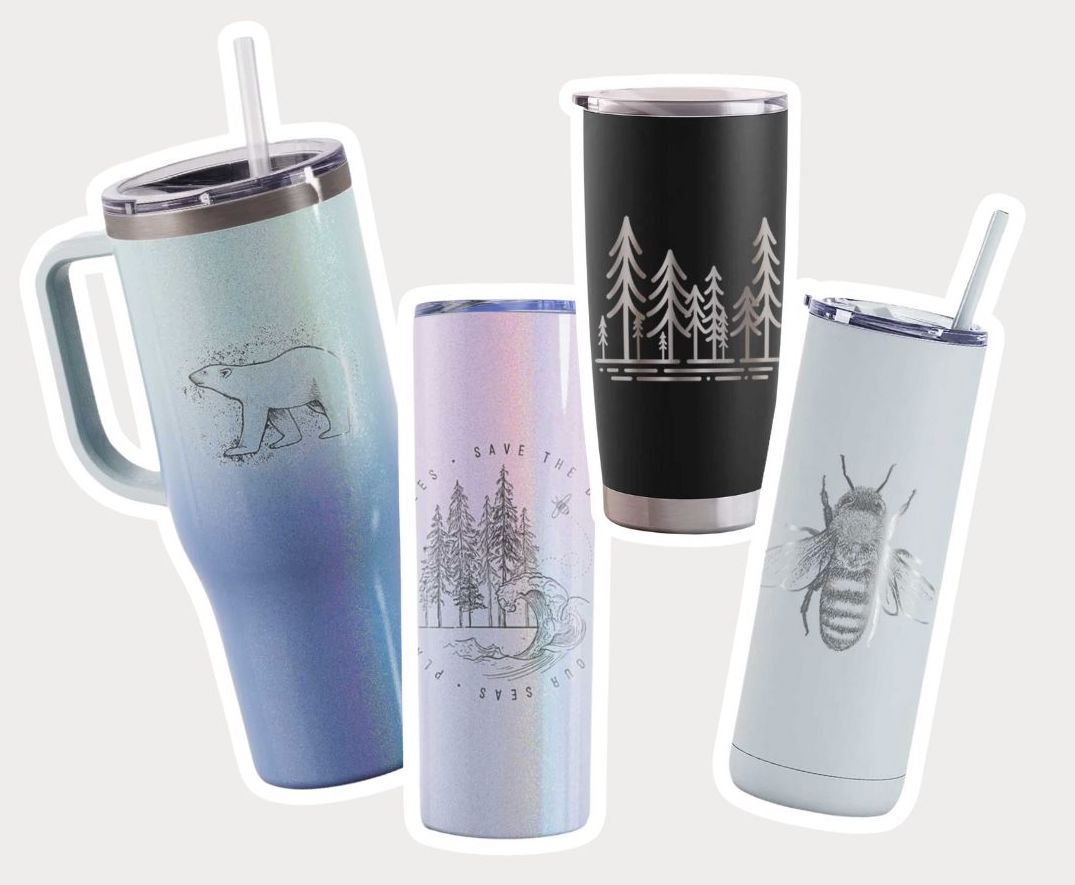

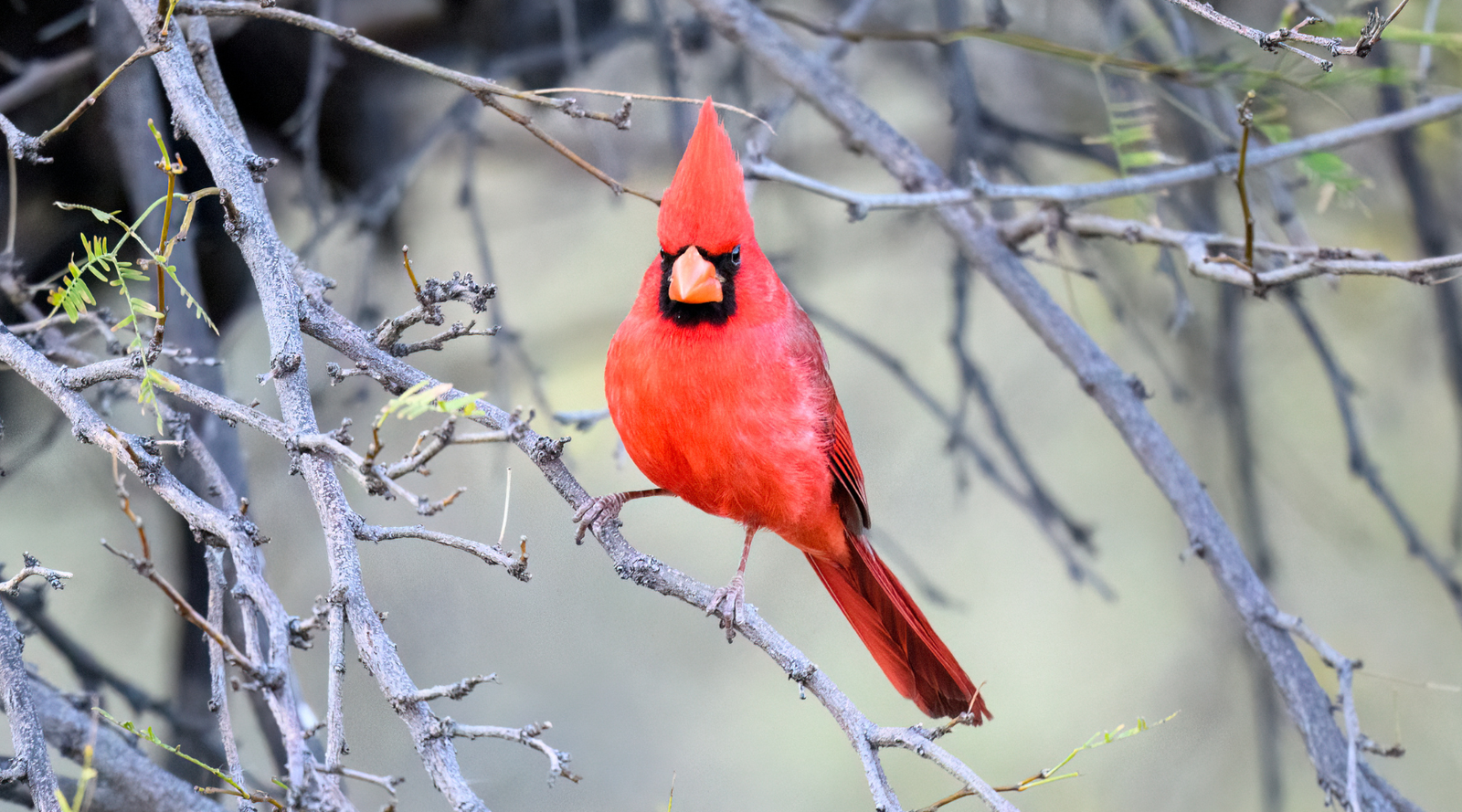

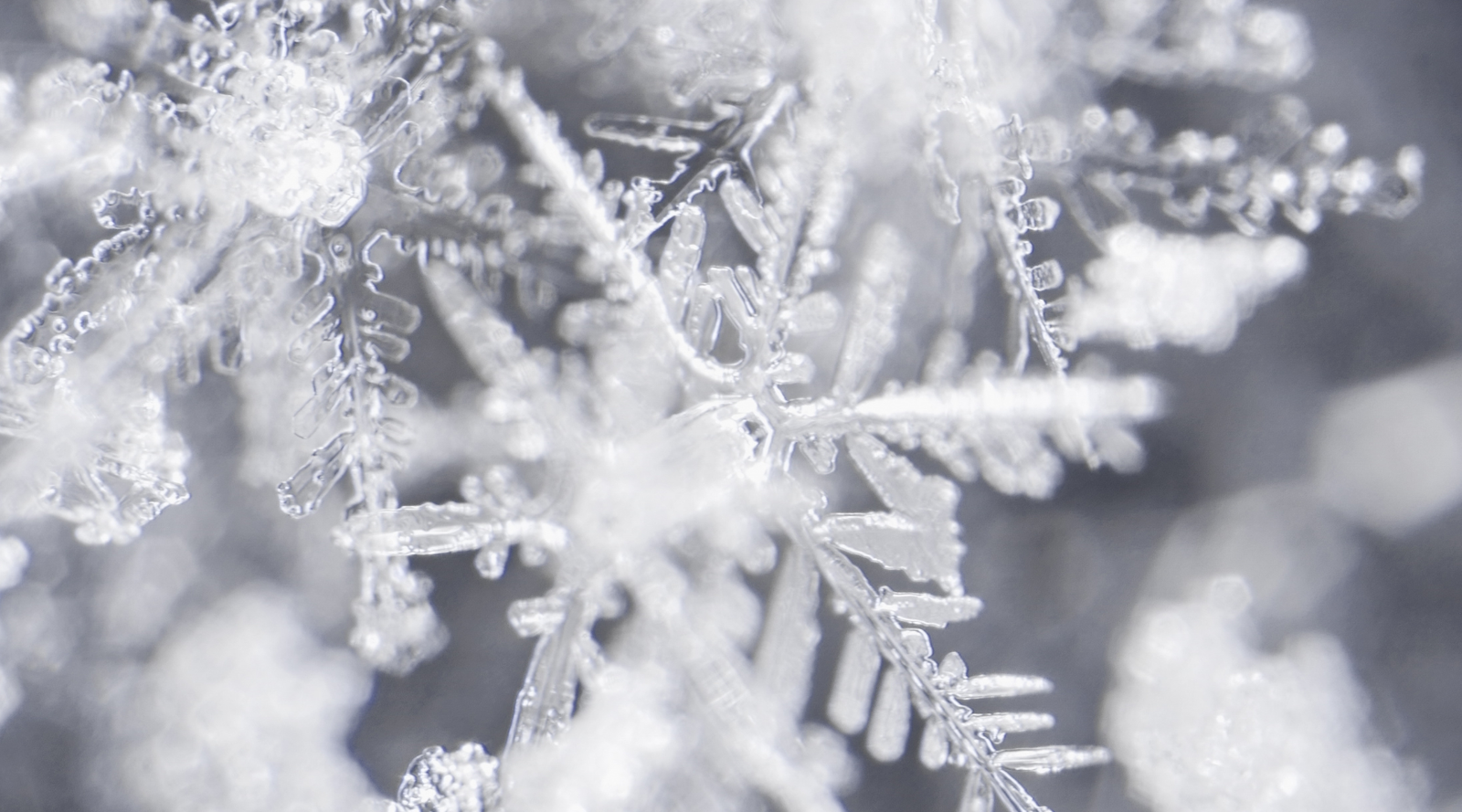
Leave a comment (all fields required)